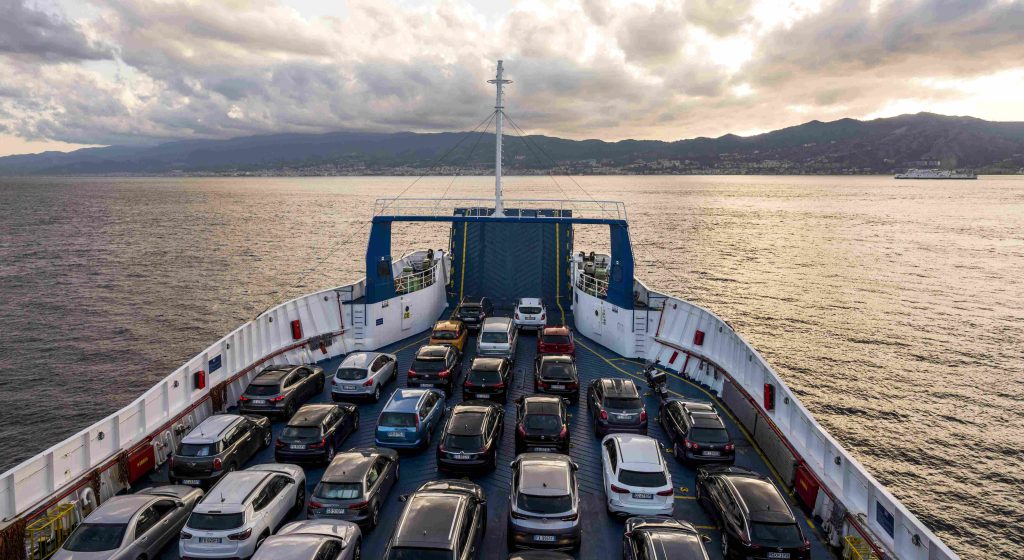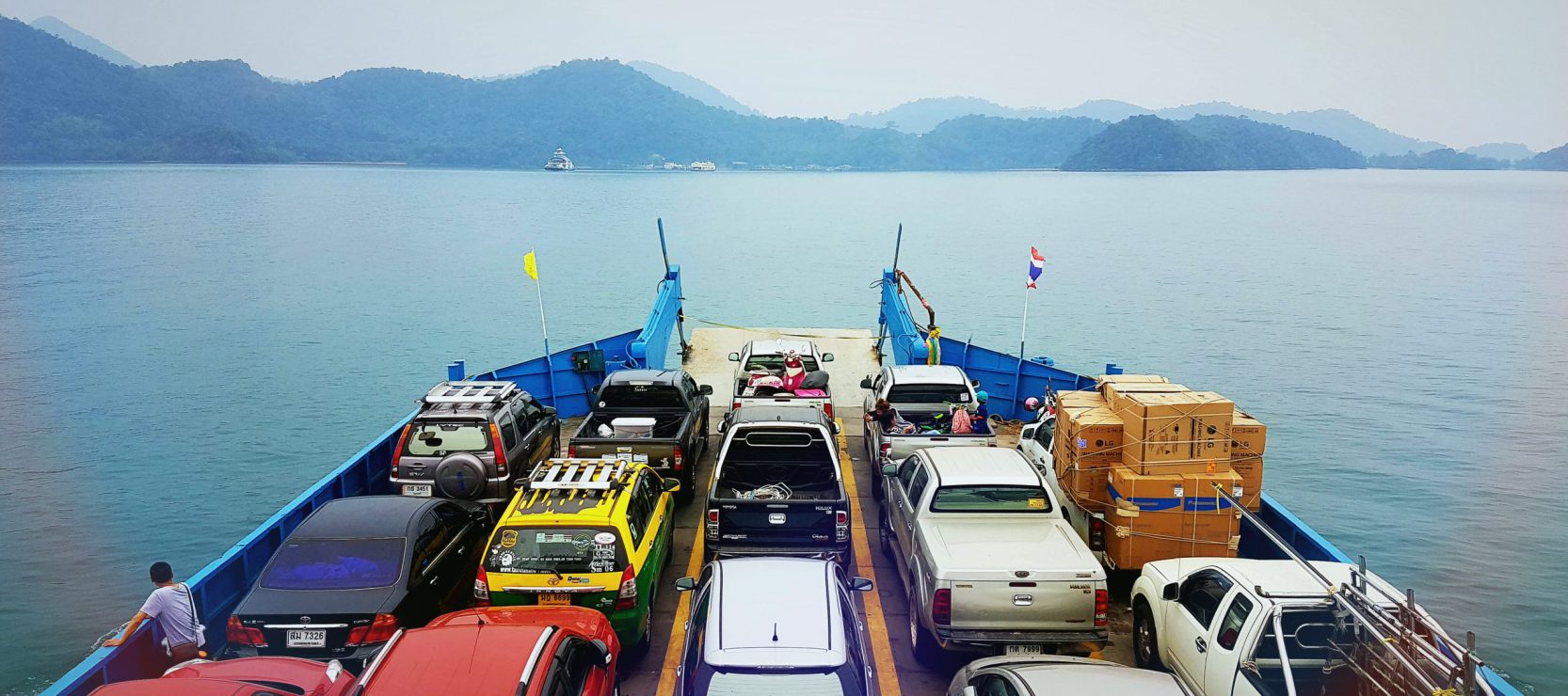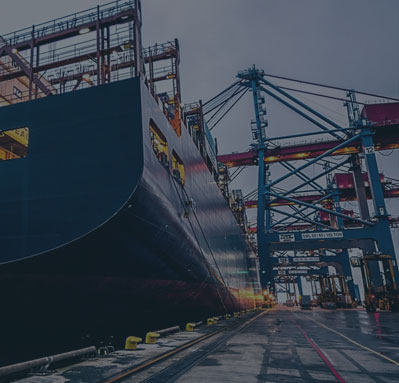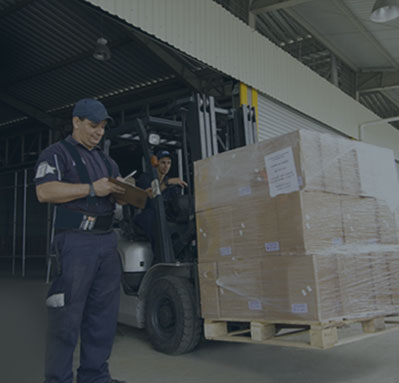Shipping a car overseas can seem like an overwhelming task. Afterall, your vehicle is a valuable asset. but with the right information and preparation, it can be a smooth and straightforward process. Whether you’re relocating for work, moving back home, or purchasing a vehicle from another country, understanding the steps involved to transport your car overseas are essential to a smooth shipping experience. In this guide, we’ll cover everything you need to know about shipping a car overseas, including preparation, choosing a shipping method, and navigating customs regulations.
Preparing Your Car for Shipment
Before you get ready to ship your car, it’s important you take the right steps to ensure that your auto arrives in good condition. By taking the time to prepare your car correctly, you can avoid potential issues and ensure a smoother experience.
- Clean and Inspect Your Car: Clean your car inside and out to spot any existing damage. Document its condition with detailed photos from all angles, noting any scratches or dents. This is vital for insurance claims if damage occurs during transport.
- Remove Personal Items: Remove all personal items from the car, including electronics and documents, to comply with safety and insurance regulations and avoid customs complications.
- Perform Maintenance Checks: Ensure fluid levels are appropriate, tires are properly inflated, and the battery is fully charged and secure. Address any fluid leaks before shipping.
Choosing a Shipping Method
When it comes time to ship your car overseas, there are two main methods: container shipping and roll-on/roll-off (RoRo) shipping. Each method has its advantages and disadvantages, so it’s important to choose the one that best fits your needs. Understanding the differences between these methods will help you make an informed decision.
Container Shipping
Container shipping involves placing your car inside a shipping container. Once your car is secure, it is then loaded onto a cargo ship. Container shipping provides a high level of protection for your vehicle, as the enclosed cargo container protects your auto from the elements and potential damage from other vehicles. Cargo shipping is ideal for shipping high-value or classic cars.
Advantages of Container Shipping
Container shipping offers several key benefits, making it an attractive option for many car owners:
- High Level of Protection from Weather and Damage: Your car is placed inside a sealed container, providing excellent protection from the elements such as rain, wind, and saltwater. This is particularly important for maintaining the condition of the vehicle during long sea voyages.
- Security: The container can be locked, providing an extra layer of security against theft or vandalism. This is especially important when shipping valuable or rare vehicles.
- Ability to Ship Personal Items Inside the Container: Unlike RoRo shipping, you can pack personal belongings inside the container along with your car. This can be very convenient if you are relocating and need to transport household items as well.
- Ideal for Luxury or Classic Cars: The enclosed space of a container offers superior protection, making it the preferred choice for shipping high-value, luxury, or classic cars that require extra care.
- Flexibility in Shipping Routes: Containers can be easily transferred between different modes of transportation, such as ships, trucks, and trains, providing more flexibility in shipping routes and potentially reducing transit times.
Disadvantages of Container Shipping
Despite its benefits, container shipping also has some drawbacks:
- More Expensive than RoRo Shipping: The cost of container shipping is generally higher due to the added protection and the logistics involved in handling containers. This makes it less cost-effective for those on a tight budget.
- Requires Additional Arrangements for Container Loading and Unloading: Loading and unloading a container often require specialized equipment and personnel, which can add to the overall shipping cost and complexity. You may need to arrange for these services at both the departure and arrival ports.
- Longer Processing Time: The process of loading your car into a container and securing it properly can take more time compared to simply driving it onto a RoRo vessel. This can lead to longer wait times, especially if there are scheduling constraints at the ports.
- Limited Space: Depending on the size of the container and the vehicle, space might be limited, which can restrict the number of personal items you can ship alongside your car.
- Port Availability: Not all ports are equipped to handle containerized vehicles, which may limit your choice of departure and arrival points and potentially increase transit times or costs due to longer inland transportation.

Roll-On/Roll-Off (RoRo) Shipping
RoRo shipping involves driving your car onto a specialized vessel designed for transporting vehicles. The car is secured on the ship and then driven off at the destination port. This method is generally more cost-effective and simpler than container shipping, making it a popular choice for many.
Advantages of Roll-On/Roll-Off (RoRo) Shipping
RoRo shipping offers several benefits that make it a popular choice for shipping cars overseas:
- Cost-Effective and Straightforward: RoRo shipping is generally less expensive than container shipping. The process involves simply driving your car onto the vessel at the departure port and driving it off at the arrival port, making it a straightforward and cost-effective option.
- No Need for Additional Container Arrangements: With RoRo shipping, there’s no need to arrange for or pay for a container, which simplifies the logistics and reduces costs. This makes the entire process quicker and less complicated.
- Faster Loading and Unloading Process: The loading and unloading process for RoRo shipping is much faster compared to container shipping. Vehicles are driven directly onto the ship and secured in place, which speeds up the handling time at both the departure and arrival ports.
Disadvantages of Roll-On/Roll-Off (RoRo) Shipping
Despite its benefits, RoRo shipping also has some drawbacks:
- Less Protection from the Elements and Potential Damage: Vehicles on RoRo ships are exposed to the elements, which can include rain, wind, and saltwater. This exposure increases the risk of weather-related damage during transit. Additionally, cars are parked close to each other, which can increase the risk of scratches or minor dents.
- Cannot Ship Personal Items Inside the Vehicle: Unlike container shipping, RoRo shipping does not allow you to store personal items inside your vehicle during transit. This can be inconvenient if you are moving and need to transport additional belongings.
- Limited to Operational Vehicles: RoRo shipping requires that vehicles be operational, as they need to be driven onto and off the vessel. If your car is not in working condition, you’ll need to make other arrangements for shipping.
- Variable Transit Schedules: RoRo ships operate on fixed schedules that may not be as flexible as container shipping options. This can result in longer wait times for your vehicle to be shipped, depending on the availability of sailings to your desired destination.
- Less Secure: While the risk of theft or vandalism is generally low, vehicles on RoRo ships are not as secure as those in locked containers. If you are shipping a high-value or classic car, this might be a significant consideration.

Navigating Customs Regulations
Shipping a car overseas requires careful attention to customs regulations in both the country of origin and the destination country. Each nation has specific rules and requirements that can significantly impact the shipping process. Being well-informed about these regulations is crucial to avoid potential delays and unexpected costs. Properly navigating customs procedures ensures a smooth and efficient shipping experience, helping you avoid unnecessary complications and ensuring your vehicle arrives on time and in good condition.
Research the destination country’s import duties, taxes, and fees, ensuring your car meets their emission and safety standards. Obtain necessary permits well in advance to avoid delays, as these can involve lengthy application processes.
Insurance and Liability
Shipping a car overseas involves certain risks, so it’s important to have adequate insurance coverage. Proper insurance ensures that you are protected in case of damage or loss during transit. Here are some key points to consider:
Review Existing Coverage
Check with your current auto insurance provider to see if your policy covers international shipping. If not, you may need to purchase additional coverage. Understanding your existing coverage will help you determine what additional protection you might need.
Purchase Marine Cargo Insurance
Marine cargo insurance provides coverage for damage or loss during transit. This type of insurance is essential for protecting your investment, especially if you are shipping a high-value or classic car. It covers a wide range of potential issues, giving you peace of mind during the shipping process.
Understand the Shipping Company’s Liability
Shipping companies typically offer limited liability coverage based on the weight of the vehicle. Make sure to understand the extent of this coverage and consider purchasing additional insurance if needed. Knowing the limitations of the shipping company’s liability will help you make informed decisions about extra insurance.
Choosing a Reliable Shipping Company
Selecting a reputable shipping company is crucial to ensure a smooth and successful car shipping experience. The right company will handle all aspects of the process professionally and efficiently. Here are some tips for choosing the right company:
Research and Compare
Start by researching and comparing multiple shipping companies. Look for companies with positive reviews, a proven track record, and experience in international car shipping. Thorough research will help you find a company that meets your specific needs.
Verify Credentials
When choosing a shipping company in the UAE, it is essential to ensure that the company is properly licensed and insured. Look for certifications and licenses that are recognized in the UAE, such as approvals from the UAE Federal Transport Authority (FTA) or equivalent local regulatory bodies. Verified credentials are a sign of a trustworthy and reliable company, ensuring that your vehicle is handled by professionals who adhere to high standards of safety and service.
Seamless Overseas Car Shipping with Cargoline: Your Path to Stress-Free Vehicle Transport
Shipping a car overseas requires careful planning, attention to detail, and adherence to various regulations. By preparing your car properly, choosing the right shipping method, navigating customs requirements, and selecting a reliable shipping company, you can ensure a smooth and successful experience.
At Cargoline, we excel in delivering premier international car shipping services. Our seasoned experts ensure safe shipping and expertly navigate customs regulations, making the process seamless from start to finish. Reach out to us today to discover how we can help you ship your car overseas with absolute confidence.







